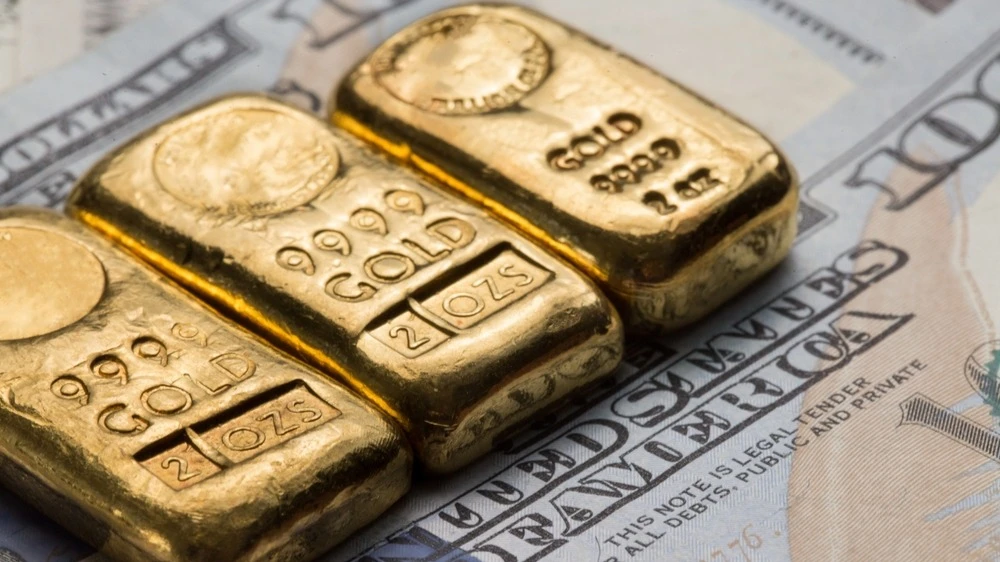Goldman Sachs saw more upside potential for gold than previously thought. What has changed?
The bank's base case scenario assumes a price of $4,000 per troy ounce by mid-2026

Goldman Sachs, which has long been "bullish" about gold, has announced a possible rise in quotations of the precious metal beyond the investment bank's own forecast. This growth will support the interest of private investors, explains Goldman. The risk factor he considers the increase in long positions on gold in the derivatives market, which increases the likelihood of price correction.
Details
Unexpectedly strong inflows into gold-backed exchange-traded funds (ETFs) have exceeded expectations in Goldman Sachs' previous model, Bloomberg reports, citing a note from the bank's analyst Daan Struyven. The high interest of private investors in gold as a way to diversify their investments poses a "significant risk" to the accuracy of the existing forecast - $4000 per troy ounce by mid-2026 and $4300 by the end of next year in the baseline scenario - and could push prices for the precious metal even higher, Goldman Sachs said.
What's up with gold prices
Gold has become one of the fastest-growing major exchange-traded commodities in 2025, with prices up nearly 50% since January and surpassing the inflation-adjusted 1980 record. The gold rally was driven by active purchases by central banks, the resumption of a downward interest rate cycle in the US (which made non-interest earning assets more attractive) and the weakening dollar (gold denominated in the US currency became cheaper for investors outside the US).
Since the end of August, this precious metal has risen in price by 12%, overcoming the range of $3200-3450 per ounce, in which it was traded for most of the second and third quarters. This week, it updated the price record several times - the risk of the U.S. government shutdown and then its onset prompted investors to once again turn to protective assets.
What could stop the rally
Speculative positions by large investors such as hedge funds in derivatives markets look very bullish on gold, according to Goldman Sachs. A further increase in long positions in gold - betting on rising prices - "raises the risk of tactical pullbacks" as net speculative positions in the asset tend to revert to average values, the bank's analyst Lina Thomas warned.
Central banks have been the key catalyst for the recent rise in gold prices, which means that they can do the most damage to the market if they start reducing their gold reserves, Bloomberg writes. This was already the case in the 1990s, when continuous sales collapsed prices for the precious metal by more than a quarter in 10 years. But in recent decades, Central Banks of developed countries have sold very little gold compared to the 1990s and there is no indication that any of the major holders are now considering such a move, the agency says.
This article was AI-translated and verified by a human editor
